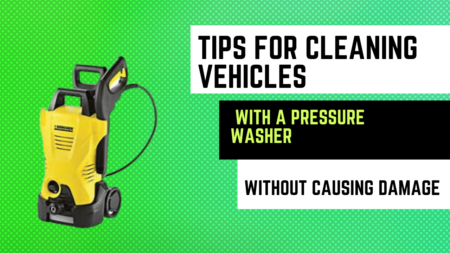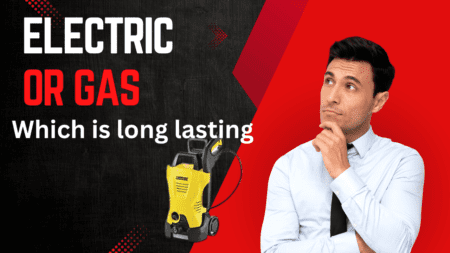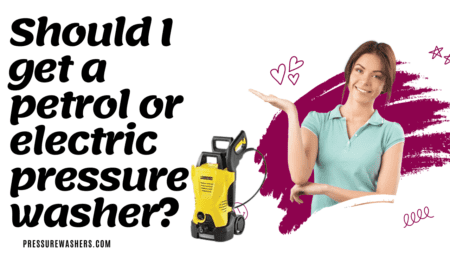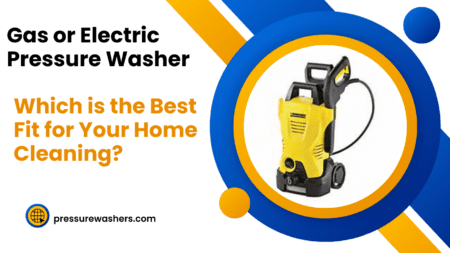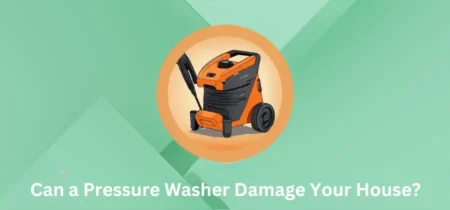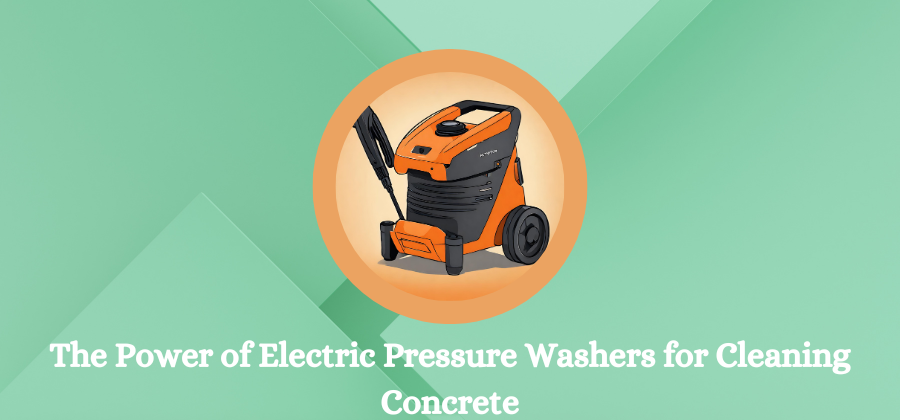
Outdoor concrete surfaces like driveways, patios, and sidewalks are incredibly versatile and durable, but they are also magnets for dirt, grime, vehicle fluids, mold and mildew buildup, and more. Over time, this accumulation dulls the appearance of concrete, making it look old and worn. While a scrub brush and a garden hose can help with light cleaning, thick layers of compacted dirt, mud, oil stains, etc. often require more heavy-duty cleaning. This is where electric pressure washers come in their powerful pressurized water can deeply clean concrete in ways far beyond manual scrubbing.
- How Does Concrete Get So Dirty and Stained?
- Benefits of Using an Electric Pressure Washer on Concrete
- Choosing an Electric Pressure Washer for Concrete
- Pressure Washer Settings and Technique for Concrete
- Cleaning Detergents and Solutions for Concrete Pressure Washing
- Pressure Washer Safety Precautions for Concrete Cleaning
- Finishing Up the Job
- Sealing the Concrete After Cleaning
- The Powerful Cleaning Ability of Electric Pressure Washers
- Conclusion:
Key Takeaways:
- Electric pressure washers provide deep cleaning power for concrete unmatched by manual scrubbing.
- Optimal pressure washer specs include high PSI, GPM, wide nozzle, detergent system, and rotating brush.
- Start on low settings, get closer, and increase pressure as needed when cleaning concrete.
- Specialized detergents boost cleaning results but require thorough rinsing afterward.
- Take safety precautions – wear protective gear, check for buried lines, and avoid spraying delicate areas.
- After pressure washing, rinse away lifted dirt, remove standing water, and let the concrete fully dry.
- Applying a concrete sealer after provides added protection.
- With proper PSI, nozzle, detergent use, technique, and gear, electric pressure washers effectively clean concrete.
- Electric pressure washers can restore grimy, stained concrete to a clean, like-new condition.
- Pressure washers save hours of labor compared to manual concrete scrubbing for superior results.
- Electric models provide consistent concrete cleaning power without emissions or engine maintenance.
How Does Concrete Get So Dirty and Stained?
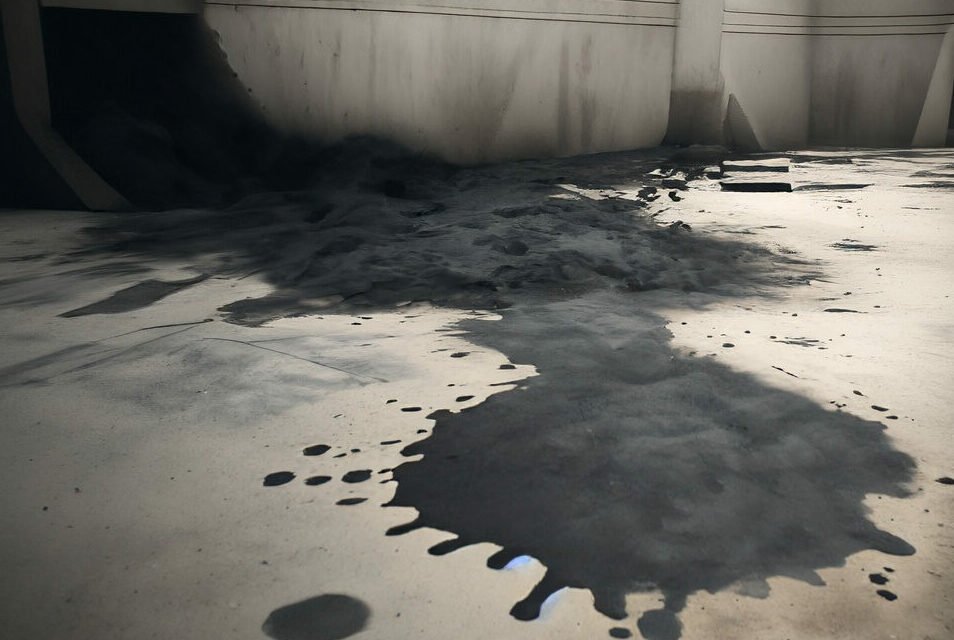
Concrete has a porous, textured surface that easily traps everything from dust and pollen to motor oil drips and muddy footprints. Yard debris like leaves, grass clippings, and dirt constantly get ground into the surface. In addition, vehicle leaks and outdoor fluid spills seep in, creating oil stains. Changing weather and seasonal issues like dirt, sand, and deicing salts also take a toll. Mold, mildew, and algae growth add dark staining as well. Sealing and regularly washing concrete helps, but it does little for severe buildup when it’s time for a thorough cleaning.
Benefits of Using an Electric Pressure Washer on Concrete
Electric pressure washers function by powering water through a specialized nozzle at high pressures ranging from 1,500 to over 4,000 PSI. This concentrated jet of pressurized water provides a deep cleaning action unmatched by standard hoses or manual scrubbing. Benefits of pressure washing concrete include:
- Removing layers of compacted dirt, mud, sand, etc. embedded in the concrete surface
- Eliminating mold, mildew, moss, and algae growth
- Lifting away vehicle oil stains on driveways and garage floors
- Blasts away food, beverage or other organic stains from patio and sidewalk surfaces
- Cleans deeper than surface level compared to hand scrubbing
- Restores the clean, “new” look of freshly poured concrete
- Prepares the surface for application of paints, stains, or sealing treatments by removing grime buildup
Choosing an Electric Pressure Washer for Concrete
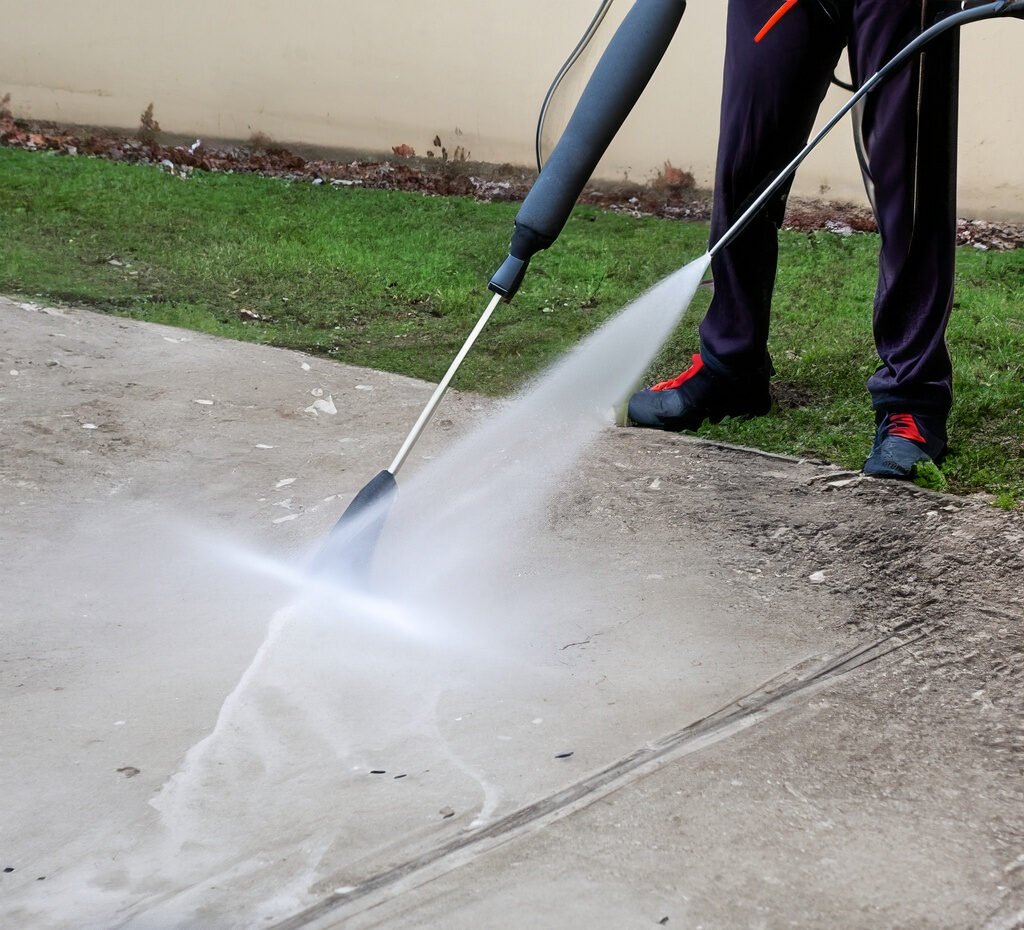
Gasoline-powered pressure washers are also available, but electric models provide benefits including:
- No emissions – better for enclosed areas like garages
- Quieter operation without loud gas motor noise
- Lower maintenance without engine oil/spark plugs to service
- Consistent power output with electric motor
- Often more portable depending on the model
For cleaning concrete, look for an electric pressure washer with:
- PSI of 1500-3000 – strong enough for concrete cleaning without risk of damage
- High gallons per minute (GPM) rating – 3-4 GPM provides enough water volume for rinsing
- Wide spray nozzle pattern – cleans larger areas faster than narrow jets
- Detergent injection system – applies soap without pre-mixing for better cleaning
- Rotating bristle brush attachment – helps scrub layered gunk and stains
Also, make sure the unit has a long enough power cord for the area being cleaned.
Pressure Washer Settings and Technique for Concrete
Start using lower settings first when pressure washing concrete, then increase if needed.
- Attach the widest fan nozzle and set the pressure washer to the lowest PSI setting
- Test on inconspicuous areas and work slowly with sweeping motions
- Increase pressure in increments and get the nozzle closer to the surface as needed
- Overlap sweeps to ensure full and even coverage
- Take extra care on delicate surfaces like exposed aggregate or tile
- Rinse thoroughly after applying any detergents or cleaners
Pavers, century-old walkways, and decorative aggregates require extra caution to avoid loosening materials or damaging surfaces. Avoid holding the stream in one place, and instead keep it moving.
Cleaning Detergents and Solutions for Concrete Pressure Washing
While just the pressurized water does the heavy lifting, adding detergents tailored for concrete can boost cleaning effectiveness.
Concrete degreasers: break down built-up layers of vehicle oil, food grease, etc.
Phosphoric acid concrete etchers: help dissolve mineral deposits and deeply clean
Trisodium phosphate (TSP) substitute cleaners: general heavy-duty alkaline-based concrete cleaners
Baking soda solutions: a mild acid-safe DIY cleaning option
Pre-mixed concrete cleaners are simply attached to the pressure washer. For homemade solutions like baking soda mixtures, use the detergent tank to properly siphon and apply the solution. Always do a final clear water rinse after applying any detergents to the concrete.
Pressure Washer Safety Precautions for Concrete Cleaning
While extremely effective for cleaning, pressure washers also pose some safety considerations:
- The high-pressure stream can damage fragile items like windows or siding if handled recklessly. Avoid spraying delicates.
- Water will splash back from the surface being cleaned. Always wear protective gear like safety goggles, gloves, closed-toe shoes, and a mask.
- Keep children and pets clear of the area to avoid injury from splashback or debris.
- Check for any wires, cables, or plumbing beneath the surface before cleaning. Accidentally cutting lines can cause electrocution or expensive repairs.
- Never point the wand at people, pets, or yourself. High-pressure streams can injure.
- Maintain steady balance, and grip, and avoid overextending on ladders/platforms. Pressure washers have recoil forces.
- Wet concrete is extremely slippery! Rope off areas until dry to avoid falls.
Proper technique and protective gear will limit risks when pressure washing concrete areas.
Finishing Up the Job
After fully pressure washing concrete surfaces, a few final steps will get them looking their very best:
- Inspect the concrete closely and spot-clean any remaining stains
- Lightly rinse the entire area with the regular garden hose to wash away any lifted grit and excess dirt brought up by the pressure washer
- Use a squeegee to move puddles and water away from foundations, fences, walls, etc. to prevent moisture damage
- Allow 1-2 days of drying time before applying any sealants or paints so the concrete is fully dry
Sealing the Concrete After Cleaning
For added protection after cleaning, consider applying a high-quality concrete sealer, which prevents premature damage and staining. Breathable sealers allow vapor transmission, an important consideration for exterior driveways, patios, and sidewalks. Always let the surface dry fully before sealing or coating concrete.
The Powerful Cleaning Ability of Electric Pressure Washers
In summary, heavy buildup of dirt, grime, mud and more can make outdoor concrete surfaces appear worn and old. Electric pressure washers provide outstanding cleaning capabilities for all types of concrete areas including driveways, garage floors, patios, walkways, and steps. Their pressurized spray removes layers of compacted materials that manual scrubbing simply can’t match. With the proper PSI rating, fan nozzle, detergents, and safe cleaning technique, electric pressure washers can restore concrete slabs, floors, and surfaces to a clean, “just poured” condition. Taking on a major cleaning project? An electric pressure washer is a smart concrete cleaning machine to add to your outdoor maintenance arsenal.
Conclusion:
Outdoor concrete inevitably becomes stained, grimy, and dirty over time from exposure to the elements. While light dirt can be managed with a garden hose and scrub brush, heavy buildup of compacted dirt, vehicle fluids, mildew, and more require heavier duty cleaning.
Electric pressure washers provide outstanding concrete cleaning capabilities unmatched by manual labor. Their powerful pressurized water blasts away embedded debris, oil stains, and years of dirt buildup. With the proper pressure washer specifications, nozzle selection, cleaning detergents, and safe operating technique, homeowners can deep clean concrete surfaces like driveways, patios, and sidewalks to reveal the clean, bright concrete underneath.
Electric pressure washers make restoring and maintaining outdoor concrete quick and effective. Next time your home’s concrete is looking worn and dingy, reach for an electric pressure washer to do the hard work – you’ll be amazed at the dramatic results.
Read More:
Where is the Fuse Located on an Electric Pressure Washer?
Why Electric Pressure Washer Overheat?
